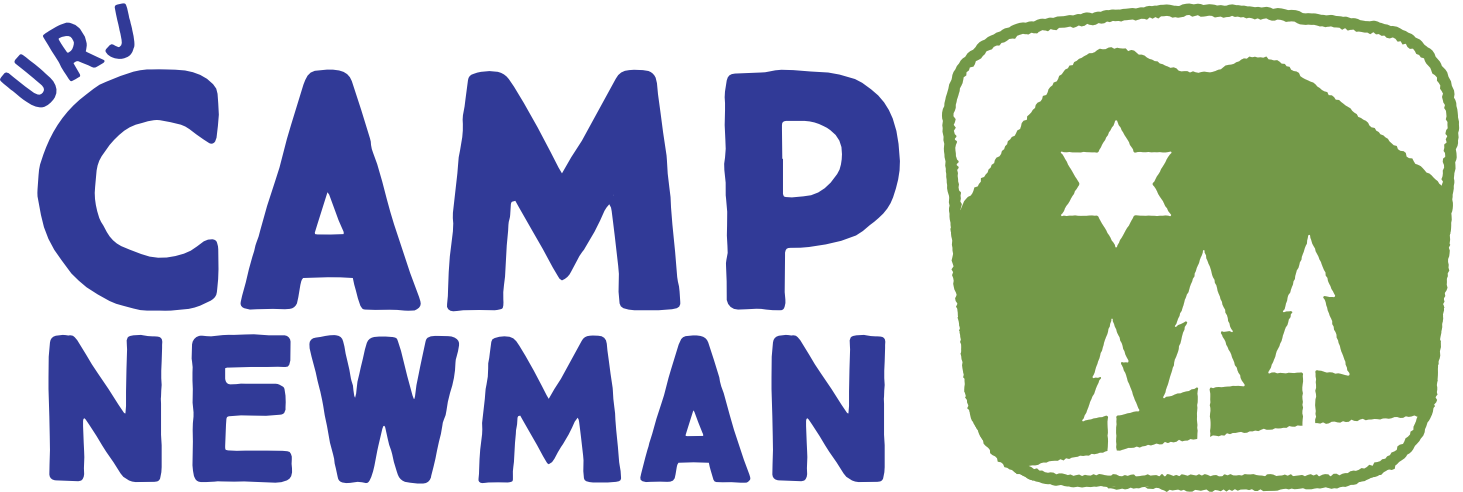In the aftermath of the 2017 Tubbs fire, the URJ and Camp Newman established a Master Plan Task Force to develop a plan for the rebuilding and reimagining of the physical facilities. This Task Force was comprised of community leaders and camp community members with expertise in a variety of fields and was led by co-chairs Michelle Tandowsky (chair of the URJ Camp Newman Board) and Rabbi Doug Kahn.
Paramount to the master plan was careful consideration about the safety of the site, most specifically, how best to ensure the safety of campers and retreat users and improve the survivability of the property improvements in the event of subsequent wildfires.
EXPERT GUIDANCE
The Task Force drew upon the expertise of a range of professionals to educate and supply recommendations to incorporate into the rebuilding and future operations. Some of the experts engaged included:
- The team of John Northmore Roberts (JNRA) and Joe McBride, forest management professionals, who created a 96-page “Management Plan for a Fire-Adapted Camp Newman” providing recommendations for forest and fuel management, building and landscape placement, technology improvements, and ongoing operations.
- Emergency and Disaster Preparedness Solutions, an emergency planning firm that produced a “Hazards and Vulnerability Analysis/Risk Assessment” to guide the upgrading of Camp Newman’s emergency response protocols.
- Steve Mosiurchak, Sonoma County’s Senior Fire Inspector, who consults on fire prevention and response management issues.
- Kelle Kroll, a consultant working with Sonoma County Jewish institutions (on behalf of the Jewish Community Federation) to increase community resilience and strengthen capabilities for response and recovery.
- Oberkamper Associates, civil engineers, to identify options for creating a secondary egress path from the Camp Newman property.
- Steve Quarles, a researcher into fire behavior and building technology.
- URJ Risk Management Team, including in-house professionals (legal counsel, director of construction) and lay-leaders (a global insurance executive among others), to review and audit Insurance policies and practices.
OUTCOMES
The work of the team above has resulted in the following actions that are critical components of the Master Plan:
- We have implemented in all construction to-date and will continue to implement through operations and future construction the forest management recommendations in the JNRA/McBride forest & fire management report. These measures are estimated to reduce the threat of future fire risk and damage during a wildfire similar to the Tubbs fire by up to 90%. For example, we have already invested approximately $1M removing dead or dying trees and creating defensible space.
- We have updated and will continue to improve existing safety and emergency response protocols developed with support from Position Purple, EDPS, input from ACA and others.
- We have “hardened” key structures, along with the adoption of updated technologies. We will continue to incorporate these methodologies into future phases of the Master Plan.
- Camp Newman exists within a broader natural and social ecosystem. We have built, and will continue to build, relationships with neighbors, community-wide initiatives, and emergency response agencies to coordinate efforts. For example, we are participating in a community communication initiative with the watershed organization, local neighborhood groups, the Sheriff’s department, fire department and local safety volunteers for coordinated efforts, early warning, etc.
- Historically, entry to and from camp has been through the main entry off Porter Creek Road with no identified vehicular second way out. We have established a secondary emergency egress route.
- We continue to explore other fire safety enhancements (PG&E ridgetop monitoring camera; satellite fire station; goat herd grazing; purchase of retired firefighting equipment, etc.).
- We have designated a member of our team to be the safety officer. This safety officer has responsibility for ensuring ongoing attention to enhancements and maintenance tasks related to wildfire risk mitigation, emergency routes and equipment, evacuation plans, etc. over time.
- Beyond the physical protection of life and property, the URJ and Camp Newman also established a comprehensive approach to ensuring the survivability of the physical plant – protecting the investments of individuals and foundations throughout our community.
